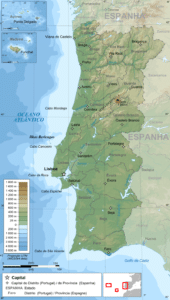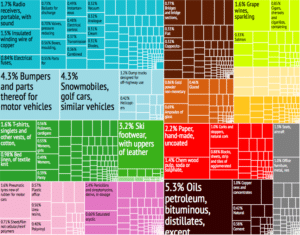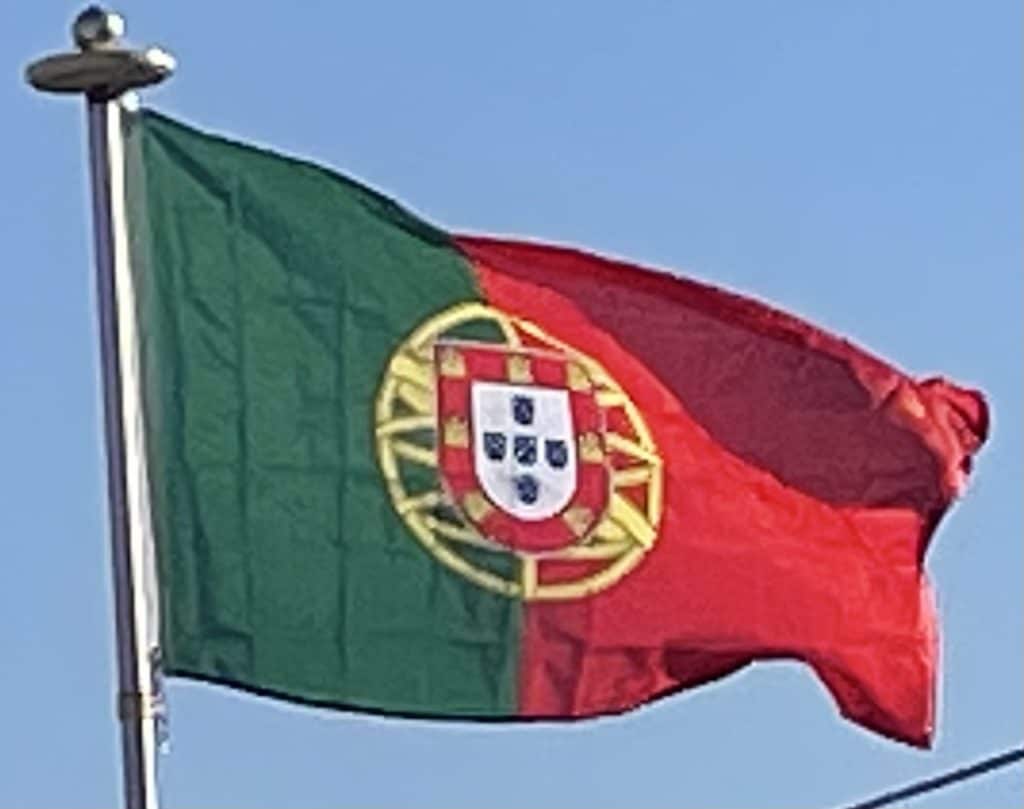
In 1986, Portugal, along with Spain, joined the European Economic Community (EEC) that later became the European Union (EU). In the following years Portugal’s economy progressed considerably as a result of EEC/EU structural and cohesion funds and Portuguese companies’ easier access to foreign markets.
Portugal’s last overseas and Asian colonial territory, Macau, was peacefully handed over to the People’s Republic of China (PRC) on December 20, 1999, under the 1987 joint declaration that set the terms for Macau’s handover from Portugal to the PRC. In 2002, the independence of East Timor (Asia) was formally recognized by Portugal, after an incomplete decolonization process that was started in 1975 because of the Carnation Revolution, but interrupted by an Indonesian armed invasion and occupation.
Economic disruption and an unsustainable growth in government debt during the financial crisis of 2007–2008 led the country to negotiate in 2011 with the IMF and the European Union, through the European Financial Stability Mechanism (EFSM) and the European Financial Stability Facility (EFSF), a loan to help the country stabilize its finances.
Geography:
The territory of Portugal includes an area on the Iberian Peninsula (referred to as the continent by most Portuguese) and two archipelagos in the Atlantic Ocean: the archipelagos of Madeira and the Azores.
Mainland Portugal is split by its main river, the Tagus, that flows from Spain and disgorges in the Tagus Estuary, in Lisbon, before escaping into the Atlantic. The northern landscape is mountainous towards the interior with several plateaus indented by river valleys, whereas the south, including the Algarve and the Alentejo regions, is characterized by rolling plains.

Portugal’s highest peak is the similarly named Mount Pico on the island of Pico in the Azores. This ancient volcano, which measures 2,351 m (7,713 ft) is an iconic symbol of the Azores, while the Serra da Estrela on the mainland (the summit being 1,991 m (6,532 ft) above sea level) is an important seasonal attraction for skiers and winter sports enthusiasts.
The archipelagos of Madeira and the Azores are scattered within the Atlantic Ocean: the Azores straddling the Mid-Atlantic Ridge on a tectonic triple junction, and Madeira along a range formed by in-plate hotspot geology. Geologically, these islands were formed by volcanic and seismic events. The last terrestrial volcanic eruption occurred in 1957–58 (Capelinhos) and minor earthquakes occur sporadically, usually of low intensity.
Economy:
Portugal is a developed and a high-income country. The national currency of Portugal is the euro (€), which replaced the Portuguese Escudo, and the country was one of the original member states of the eurozone. Portugal’s central bank is the Banco de Portugal, an integral part of the European System of Central Banks. Most industries, businesses and financial institutions are concentrated in the Lisbon and Porto metropolitan areas – the Setúbal, Aveiro, Braga, Coimbra, Leiria and Faro districts are the biggest economic centers outside these two main areas.

Since the Carnation Revolution of 1974, which culminated in the end of one of Portugal’s most notable phases of economic expansion (that started in the 1960s), a significant change has occurred in the nation’s annual economic growth. After the turmoil of the 1974 revolution and the PREC period, Portugal tried to adapt to a changing modern global economy, a process that continues in 2013. Since the 1990s, Portugal’s public consumption-based economic development model has been slowly changing to a system that is focused on exports, private investment and the development of the high-tech sector. Consequently, business services have overtaken more traditional industries such as textiles, clothing, footwear and cork (Portugal is the world’s leading cork producer), wood products and beverages.
